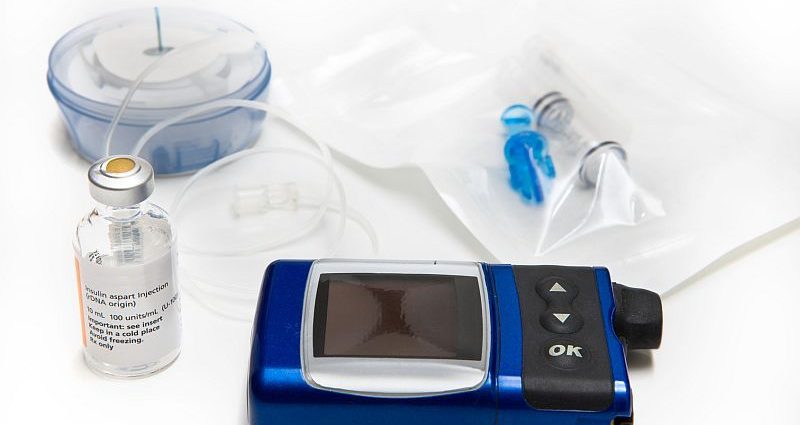WEDNESDAY, Jan. 5, 2022 (HealthDay News) — Scientists have known for 100 years that insulin is the body’s main mechanism for controlling blood sugar levels, but researchers have now discovered a second hormone does the same job a bit differently — and they say it could be a new target for treating diabetes.
The hormone, called FGF1, is produced in the body’s fat tissue. Like insulin, it swiftly lowers sugar levels in the blood, but researchers found in mice that it works independently of insulin, and by a different mechanism.
Type 2 diabetes arises when the body becomes resistant to insulin, leading to chronically high blood levels of glucose (sugar). Over time, that can take a toll on the body’s arteries and nerves, leading to complications like heart and kidney disease, stroke, vision problems and permanent nerve damage.
In the new study, scientists found FGF1 suppresses the breakdown of fat tissue, which reduces the liver’s ability to churn out glucose. Insulin also does those things, but FGF1 accomplishes it via a different “signaling pathway” in the body.
And in lab mice with insulin resistance, injections of FGF1 substantially lower blood sugar.
“This mechanism is basically a second loop, with all the advantages of a parallel pathway,” said study author Gencer Sancar, a postdoctoral researcher at the Salk Institute in La Jolla, Calif.
“In insulin resistance, insulin signaling is impaired,” Sancar said in an institute news release. “However, with a different signaling cascade, if one is not working, the other can. That way you still have the control of [fat breakdown] and blood glucose regulation.”
However, whether the animal findings will ultimately translate to people with type 2 diabetes remains to be seen.
One question is whether people who are insulin-resistant would also be resistant to FGF1, noted Dr. Emily Gallagher, an endocrinologist who was not involved in the study.
She said it’s also possible that targeting FGF1 could be effective in certain people with type 2 diabetes, but not others.
“Type 2 diabetes is a complex condition where different individuals have different metabolic profiles,” explained Gallagher, an assistant professor in the Division of Endocrinology, Diabetes and Bone Diseases at the Icahn School of Medicine at Mount Sinai in New York City.
Scientists had known something about the workings of FGF1. In past studies, the Salk researchers found that it lowered blood sugar in lab mice, and when given continually it lessened insulin resistance in the animals.
The new study, published Jan. 4 in the journal Cell Metabolism, delved into exactly how the hormone works.
The researchers found that, similar to insulin, FGF1 suppresses fat breakdown, which in turn helps control blood sugar. But its modus operandi is different: Insulin acts through an enzyme called PDE3B, which sets off a chain of events called a signaling pathway.
FGF1 uses a different enzyme — called PDE4.
“Now that we’ve got a new pathway, we can figure out its role in energy homeostasis in the body and how to manipulate it,” said senior study author Michael Downes, a staff scientist at Salk.
Gallagher said it’s “very interesting” that FGF1 can have insulin-like effects in fat tissue. But much more remains to be learned.
More lab research, she said, is needed to understand the long-term effects of FGF1 on insulin signaling and insulin resistance.
“And in people,” Gallagher said, “it would be important to understand more about the systemic effects of administering FGF1, as FGF1 affects many organ systems — including the inflammatory system — and also can alter tumor growth.”
Whether manipulating the hormone, or the proteins it regulates, would be appropriate in people with type 2 diabetes “remains to be determined,” Gallagher said.
More information
The U.S. National Institute of Diabetes and Digestive and Kidney Diseases has more on type 2 diabetes.
SOURCES: Emily Gallagher, MD, PhD, assistant professor, Division of Endocrinology, Diabetes and Bone Diseases, Icahn School of Medicine at Mount Sinai, New York City; Cell Metabolism, Jan. 4, 2022; Salk Institute, news release, Jan. 4, 2022
Copyright © 2025 HealthDay. All rights reserved.

